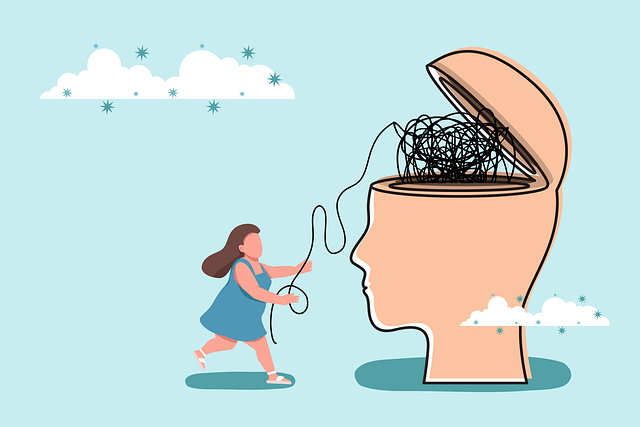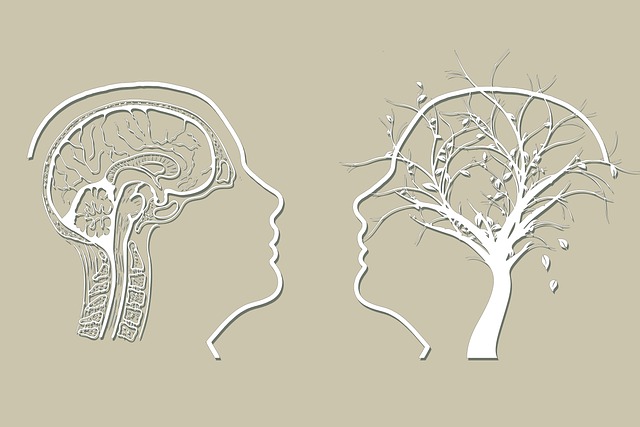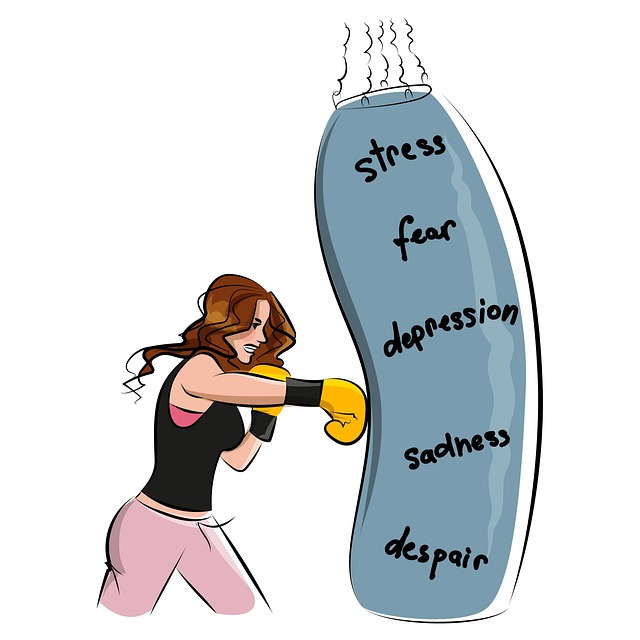The Power of Positive Thinking in American Sign Language Therapy focuses on using optimism and reframing negative thoughts to improve mental wellness, as seen in Centennial American Sign Language (CASL) therapy. This approach, beneficial for deaf or hard-of-hearing individuals, integrates non-verbal communication and enhances engagement. By combining CASL with positive thinking exercises, therapists can strengthen the therapeutic bond, reduce stress, and foster cultural respect. Implement these techniques through mindfulness meditation, journaling, and trauma support services to promote emotional healing and reclaim personal narratives, ensuring access to effective mental health care for diverse communities.
Positive thinking exercises have gained prominence as a powerful tool for enhancing well-being. This article explores how Centennial American Sign Language Therapy (CASL) can revolutionize these practices, making them more accessible and engaging. By integrating CASL, we open doors to unique strategies for fostering positive mindset shifts in everyday life. We will delve into the benefits of this approach, offering practical insights for individuals seeking to cultivate a happier, healthier mental state through the beautiful language of signs.
- Understanding Positive Thinking and its Impact on Well-being
- Integrating Centennial American Sign Language Therapy (CASL) into Positive Thinking Exercises
- Practical Strategies for Implementing CASL-based Positive Thinking in Everyday Life
Understanding Positive Thinking and its Impact on Well-being

Positive thinking, a cornerstone of mental wellness, is a powerful tool that can significantly impact an individual’s overall well-being. It involves cultivating optimistic attitudes and reframing negative thoughts into more positive ones. This simple yet profound practice has been shown to foster resilience building, reduce stress, and enhance one’s quality of life. By embracing positive thinking, individuals can create a mental landscape that promotes mental health professionals’ effectiveness in their practice areas, such as American Sign Language therapy.
Centennial American Sign Language Therapy recognizes the profound impact of positive thinking on both therapists and their clients. Incorporating this mindset into therapy sessions not only strengthens the therapeutic bond but also aids in navigating challenging situations. A risk assessment for mental health professionals underscores the importance of self-care and resilience building, which are intricately linked to maintaining a positive outlook. This approach ensures that therapists can effectively support their clients in achieving their goals while safeguarding their own mental wellness.
Integrating Centennial American Sign Language Therapy (CASL) into Positive Thinking Exercises

Integrating Centennial American Sign Language (CASL) therapy into positive thinking exercises offers a unique and powerful approach to enhancing mental well-being. CASL, as a specialized form of communication, can significantly benefit individuals looking to develop resilience and self-care practices. By incorporating sign language into these exercises, therapists create an inclusive environment, fostering better engagement and understanding for deaf or hard-of-hearing individuals. This method not only promotes positive thinking but also addresses the specific needs often overlooked in traditional mental health services.
The application of CASL encourages active participation and non-verbal expression, which can be particularly effective in building resilience. It allows people to convey their thoughts and feelings without relying on spoken language, providing an alternative means of communication that respects cultural differences and enhances self-care practices tailored to each individual’s unique experience. Moreover, this inclusive approach has the potential to revolutionize mental health policy analysis and advocacy, ensuring that diverse communities have access to effective therapy and positive thinking tools.
Practical Strategies for Implementing CASL-based Positive Thinking in Everyday Life

Implementing CASL-based (Centennial American Sign Language) positive thinking in daily life requires a mindful approach, integrating practices that cultivate optimism and resilience. Start by incorporating simple yet powerful techniques like mindfulness meditation, which encourages present-moment awareness, helping to quiet the mind and reduce negative thought patterns. Dedicate just a few minutes each day to this practice, focusing on your breath and observing thoughts without judgment.
Additionally, engage in activities that foster emotional healing processes, such as journaling or signing expressive messages about personal experiences. This can serve as an outlet for processing emotions, especially when facing challenging situations. Remember, trauma support services often emphasize the importance of self-care and positive affirmations, allowing individuals to reclaim their narratives and build a stronger sense of well-being.
By integrating Centennial American Sign Language Therapy (CASL) techniques, individuals can enhance their positive thinking exercises and significantly improve overall well-being. This holistic approach not only promotes mental health but also fosters a deeper connection to the benefits of positive thinking in everyday life. CASL’s ability to convey complex ideas through signs offers a unique and engaging way to practice and strengthen optimistic perspectives, making it an effective tool for personal growth and enhanced communication.














